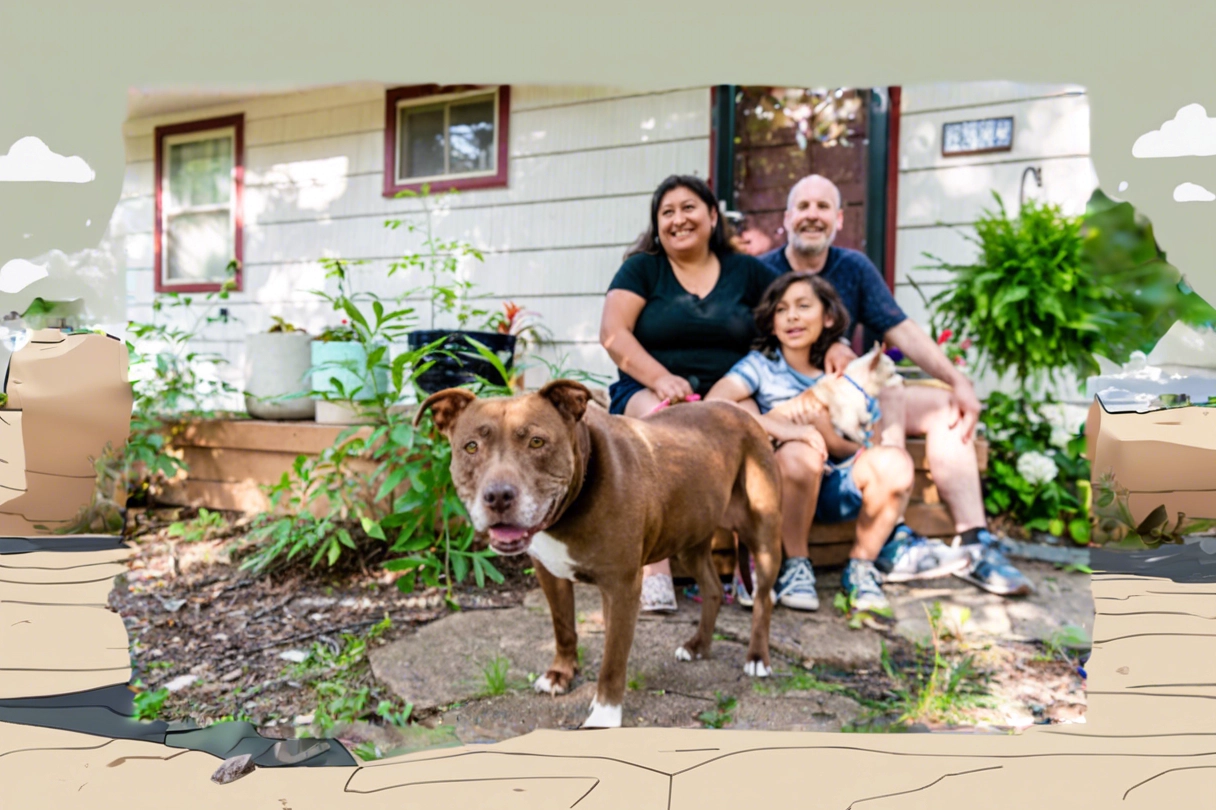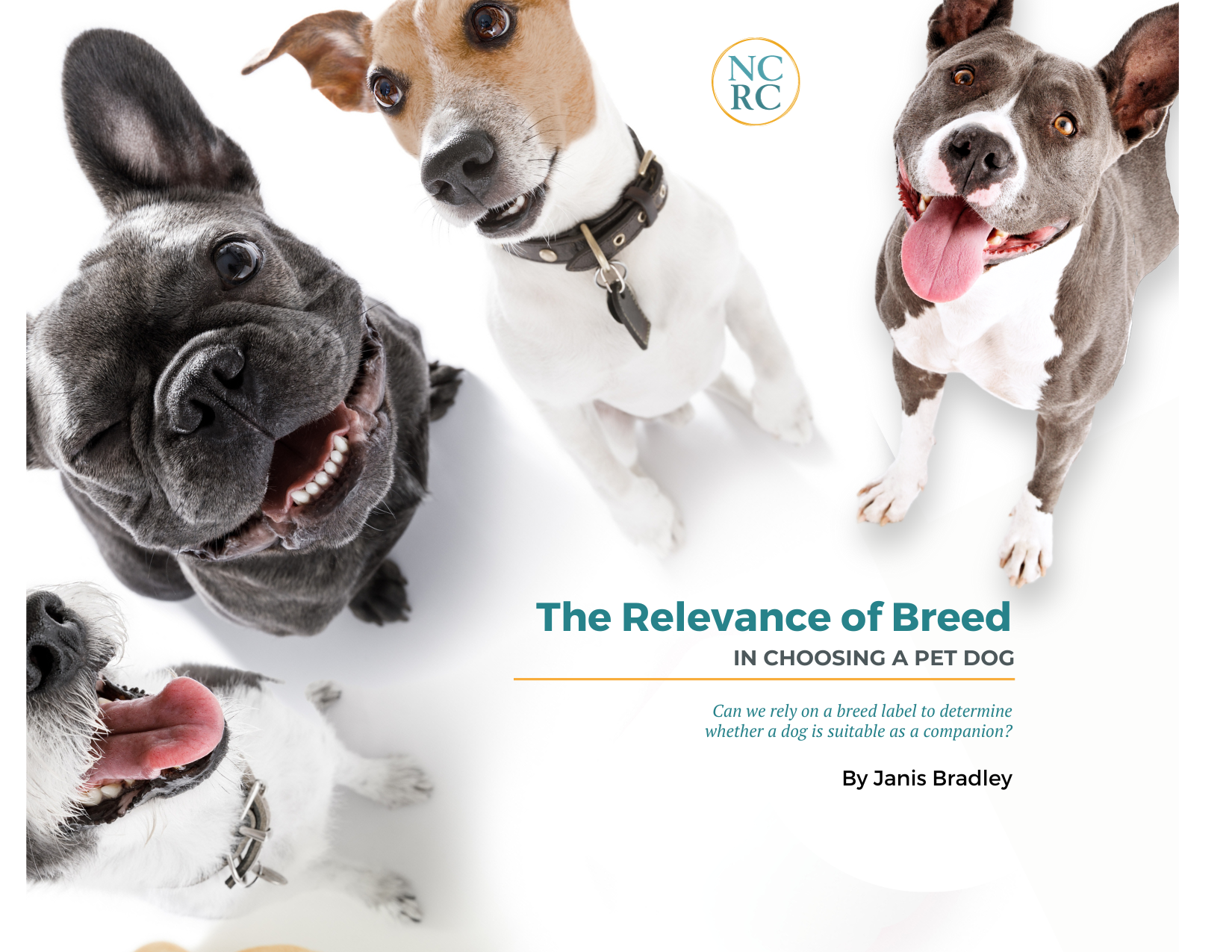What do we think we know, actually know, and need to know about growling, snarling, snapping, and biting behavior in dogs, especially when it’s directed at us, their human guardians? This entry in National Canine Research Council’s new research library is our attempt to summarize what the best science to date has to say about these questions. Rather than a traditional literature review, it’s a critical analysis of the most commonly cited and the most methodologically strong attempts to understand just how and to what extent conflicts between dogs and people affect the welfare of both species. Where works exist that can be considered seminal, these are included. A selective approach to the literature is the only practical way we’ve found to present the scope and credibility of the many papers, numbering in the hundreds, on this topic without distortion. For a description of just how wrong uncritical uses of sources, particularly secondary sources, can go, consider Patronek, Bradley, and Cleary’s “Who is Minding the Bibliography?” in a 2016 issue of the Journal of Veterinary Behavior[1,2].
Conflict happens fairly often between people and dogs, it turns out, but luckily the vast majority of such encounters are benign. A critical review of the dog bite literature reveals that such encounters are often conflated and warning behaviors such as growls, snarls, and snaps are summarily lumped together with potentially injurious behavior such as biting. However, in the literature, these different behaviors are often presented as equal, with no consideration as to whether they resulted in no, slight, serious, or even fatal injuries. Yet clearly, these different events do not carry the same risk to the human’s well being. We hope you’ll take a look at this new version of a literature review on a topic with profound implications for health of our relationships with our dogs.







